
MENUMENU
TALK TO AN EXPERT
Special Hours: 7AM – 6PM PST
TALK TO AN EXPERT
Special Hours: 7AM – 6PM PST
A boat transformer could quite literally save a life. But many people don’t realize what a boat transformer is or why it’s important. In this article, we discuss everything you need to know about boat transformers, including what they are, what they’re used for, and whether or not you need one for your boat. Let’s get started!
A boat transformer, also known as an isolation transformer, is an important device that serves many purposes. It prevents your boat from sending an unintended electric shock into the water around it, protects against galvanic corrosion, and protects you and your electronics from reversed polarity and shore voltage fluctuations. In short, boat transformers can save you money, protect your safety, and protect the lives of swimmers nearby.
How do they work? Boat transformers take the marina’s unpredictable (and often faulty) AC shore power and transform it into a clean onboard power source. The transformer physically disconnects the wiring in the boat from the shore power. Having your own onboard power can prevent a leaking current from exiting your boat and finding a path back to shore through the water. Instead, if a leaking current does occur, it just goes back to the transformer where it can’t cause a shock in the water.
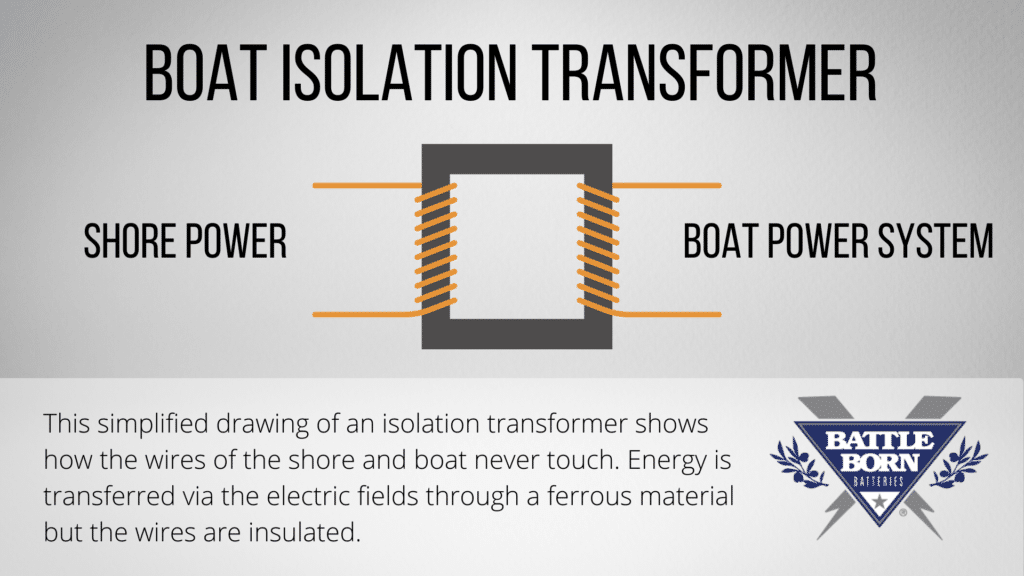
So, is it absolutely essential to have a boat transformer? That depends on how you answer a couple of other questions. Will you hook up your boat to shore power? Can it handle an isolation transformer’s weight and space requirements? If you answered yes, then you should probably have a boat transformer.
If you ask several boat owners why they bought an isolation transformer, you might get a different answer every time. This is because boat transformers have so many important uses.
Some boaters may say they purchased one to protect their appliances and themselves from reversed polarity in marinas. Reverse polarity happens when hot and neutral wires are accidentally wired in reverse. Thus, an AC appliance that is off will actually have a current flowing to it. If you touch that appliance and a ground at the same time, you could get a shock.
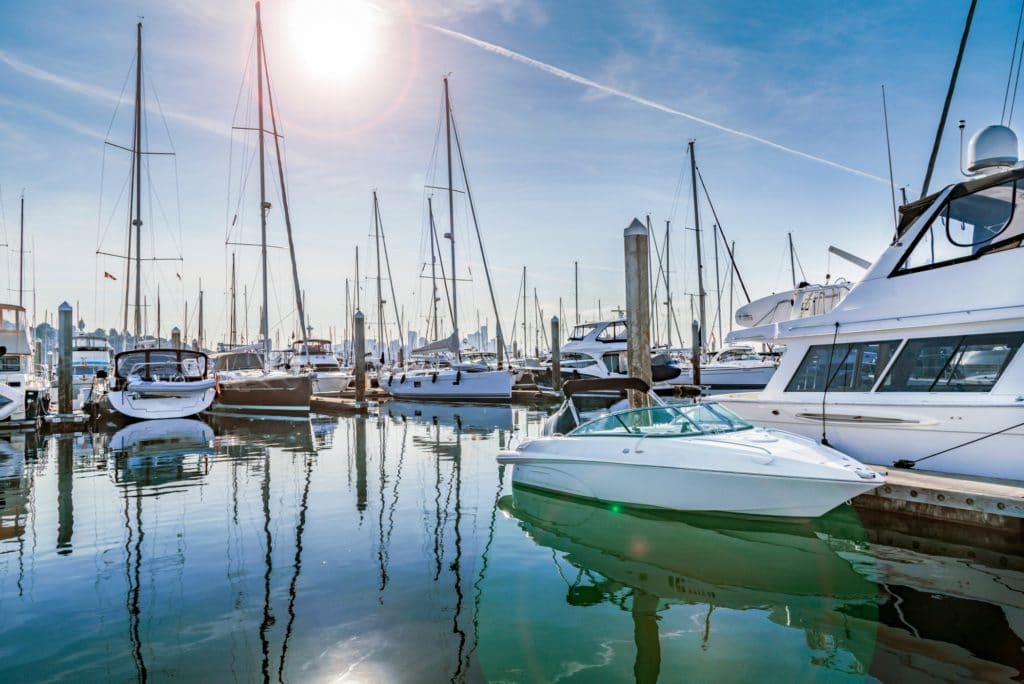
Some boaters may also say that they got their boat transformer to protect against galvanic corrosion. Galvanic corrosion happens when two different metals (boat hulls) sit immersed in a conductive solution (seawater). They become electrically connected through a common ground (shore power). This can be very damaging to your boat, as many under-fittings and even entire hulls will begin to corrode. However, when you have a boat transformer, your boat is its own power source and you don’t need to rely on the integrity of the shore power hookup.
And, of course, many boaters will tell you that they invested in a boat transformer for extra peace of mind when there are swimmers around. The last thing anyone wants is to risk someone else’s safety. That’s especially true when you don’t completely trust the marina’s AC power. For many people, this is reason enough to get a boat transformer.
Remember that both isolation transformers and galvanic isolators are always installed on the AC side of your boat’s electrical system. However, when it comes to isolation transformers, you’ll want a very secure place to mount them near your shore power input line. That’s because they’re so heavy.
Before you begin your installation, disconnect from shore power before doing any wiring. Once you’ve successfully disconnected from any possible power source, it’s time to hook up your isolation transformer.
This step is actually pretty simple. It involves cutting the shore power input line and connecting it to the transformer. This forces any AC power to go through the transformer first. By doing this, you essentially create your own onboard power source. The boat’s power supply then gets connected to the output of the transformer.
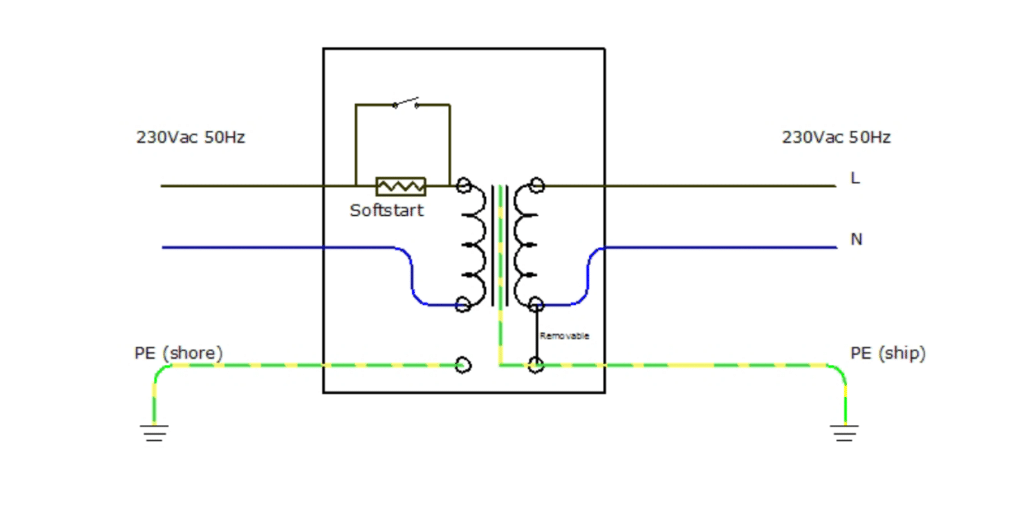
A galvanic isolator is great for boaters who don’t have room for or can’t afford an isolation transformer. Galvanic isolators are much smaller and lighter. They’re also less expensive. They cost around $300, while boat isolators can top $1,000.
But as you might have guessed, galvanic isolators don’t have all the bells and whistles that isolation transformers have. Essentially, they protect your boat from stray DC currents going over the AC grounding circuit. By doing this, they protect your boat from corrosion caused by DC currents.
An isolating transformer performs the task of a galvanic isolator as well as many other functions.
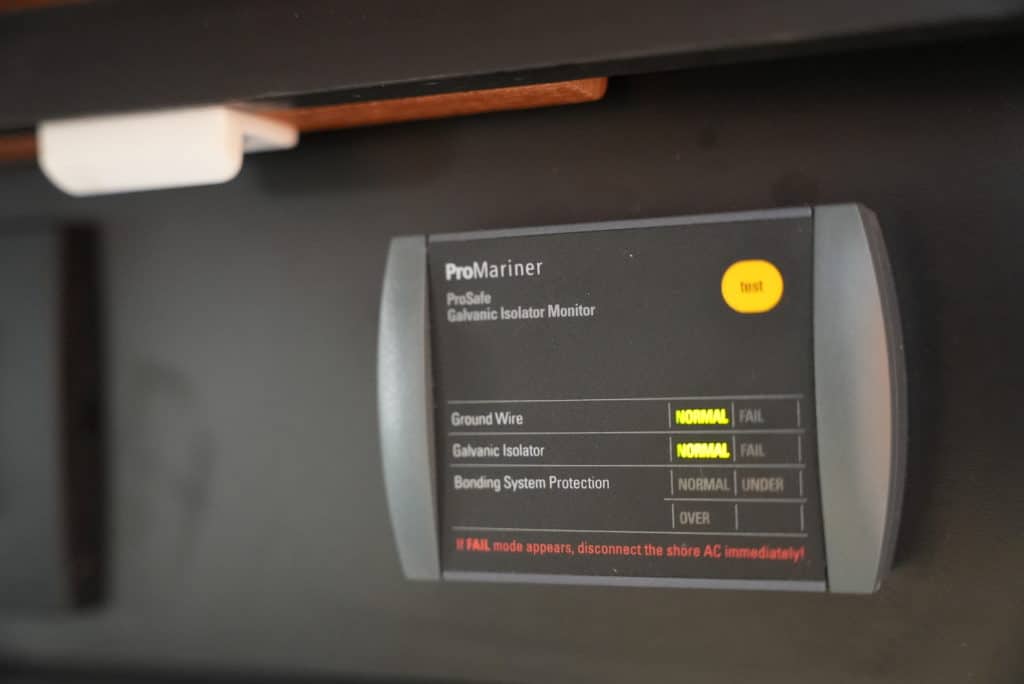
Unlike the last question, the answer to this one is a resounding yes. If you’re hooking your boat up to shore power and don’t already have an isolation transformer, you need a galvanic isolator. While it won’t necessarily create your own private onboard power supply, it will significantly mitigate corrosion and extend the life of your sacrificial anode. And with a lower price point and fewer weight requirements, installing a galvanic isolator is really a no-brainer.
Wiring in a galvanic isolator is very similar to wiring in an isolation transformer. You’ll need to find a sturdy place to mount it near your AC power system. Then, connect it to the green grounding conductor that runs from your shore power. Again, make sure to disconnect all power sources before working on any wiring.
When installed correctly, the galvanic isolator introduces a low DC voltage drop in the green grounding conductor. This stops any galvanic flow of electricity and therefore protects your boat from DC electricity coming from your neighbors.
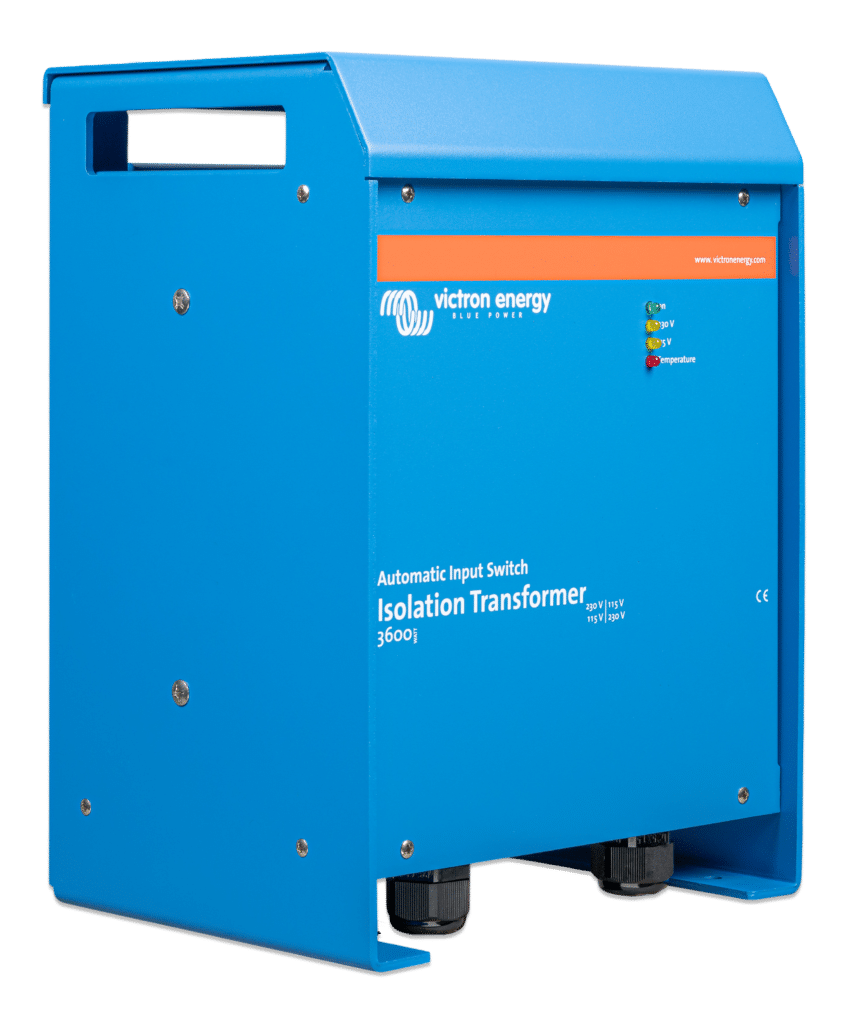
Boat transformers can be expensive and heavy, but if your boat and wallet can handle the weight of the investment, a boat transformer is always worth it. It provides boat owners with instant peace of mind knowing that their boat, appliances, and loved ones are protected against faulty marina wiring. That bad wiring can cause everything from extreme corrosion to electric shocks.
Do you think boat transformers are worth it? Let us know in the comments below!
We know that building or upgrading an electrical system can be overwhelming, so we’re here to help. Our Reno, Nevada-based sales and customer service team is standing by at (855) 292-2831 to take your questions!
Also, join us on Facebook, Instagram, and YouTube to learn more about how lithium battery systems can power your lifestyle, see how others have built their systems, and gain the confidence to get out there and stay out there.
Shop Best Sellers

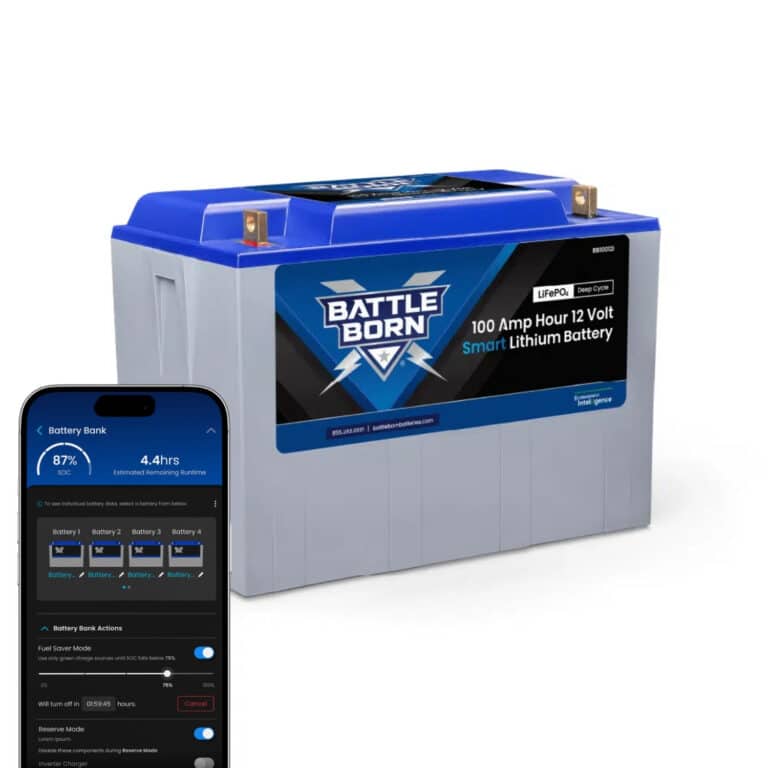

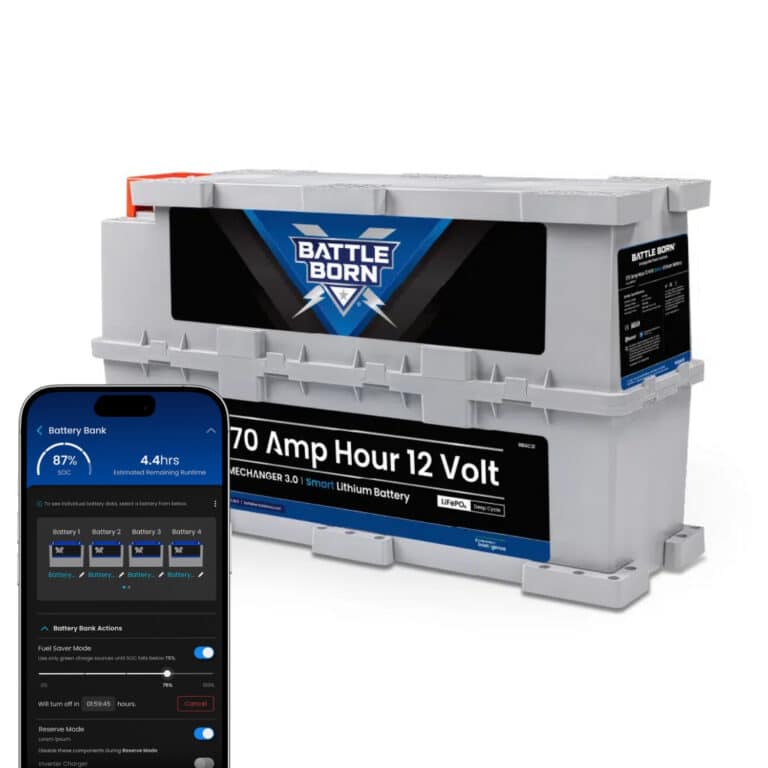




Ask a technical specialist now at 855.292.2831
Stay in the Know
Take our short Customer Survey for a chance to …
WIN a $300 Visa Gift Card